The Bright Future of Solar Energy in the United States
The Rise of Solar Power
The United States has been at the forefront of the global transition to renewable energy, and solar energy has emerged as a key driver of this shift. Over the past decade, the solar industry in the US has experienced rapid growth, with installed solar capacity increasing from just 1.2 gigawatts (GW) in 2008 to over 97 GW by the end of 2022, according to the Solar Energy Industries Association (SEIA).
This exponential growth can be attributed to a combination of factors, including falling solar panel prices, favorable government policies, and increasing public awareness of the environmental and economic benefits of solar energy. As of 2022, solar power accounts for approximately 3.9% of the country’s total electricity generation, a significant increase from just 0.1% a decade ago.
The Solar Industry’s Contribution to the US Economy
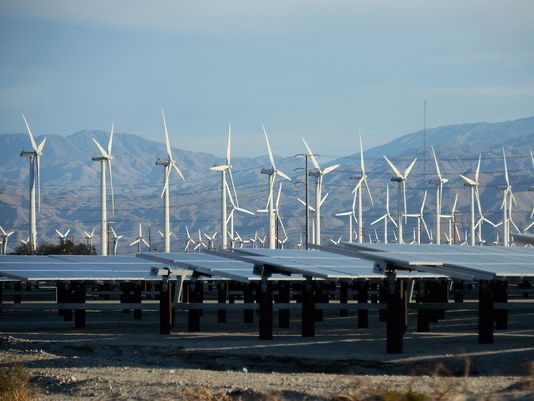
The solar industry has also become a significant contributor to the US economy. According to the National Solar Jobs Census 2022, the solar industry employed over 255,000 people across the country as of 2021, a 5% increase from the previous year. These jobs span a wide range of sectors, including installation, manufacturing, and research and development.
Moreover, the solar industry has become a major source of investment and economic activity. In 2021, the industry attracted over $33 billion in new private investment, a testament to the growing confidence in the sector’s long-term viability.
Geographical Variations in Solar Adoption
While the growth of solar power has been a nationwide phenomenon, the adoption of solar technology has varied significantly across different regions of the United States. Some states have emerged as true solar leaders, while others have been slower to embrace the technology.
Solar Leaders in the US
California has long been the solar capital of the US, with over 29 GW of installed solar capacity as of 2022, accounting for nearly one-third of the country’s total. Other states with significant solar installations include Texas (11 GW), Florida (7 GW), and Arizona (5 GW).
These states have benefited from a combination of favorable solar resources, supportive policies, and robust solar industries. For example, California’s ambitious renewable energy targets, as well as its net metering program and solar investment tax credits, have been instrumental in driving solar adoption in the state.
Emerging Solar Markets
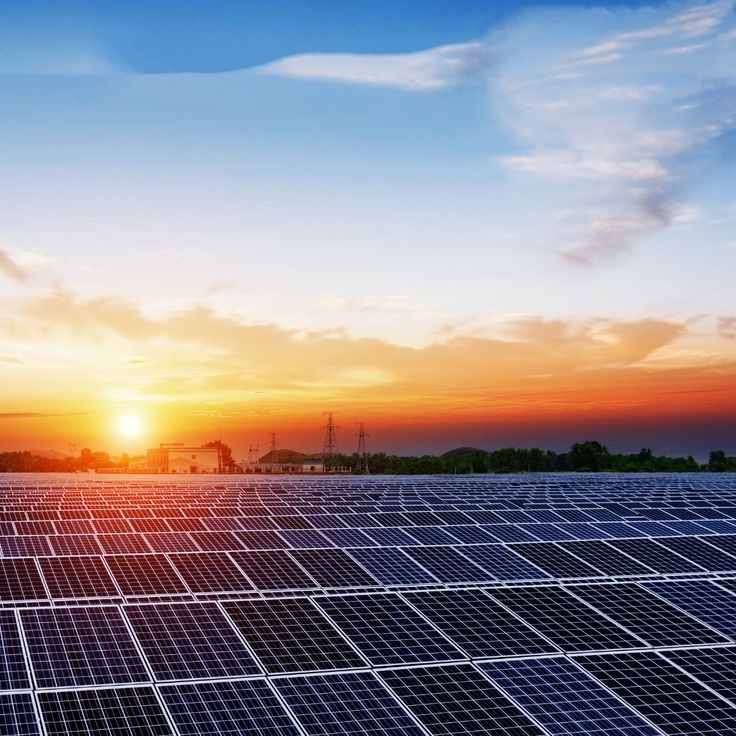
While the traditional solar leaders continue to dominate the market, new solar markets are emerging across the country. States like North Carolina, New York, and Massachusetts have seen impressive growth in their solar sectors in recent years, with installed capacities of 7 GW, 6 GW, and 3 GW, respectively.
These emerging markets have been driven by a variety of factors, including the falling costs of solar technology, the adoption of renewable energy targets, and the increasing awareness of the economic and environmental benefits of solar power.
The Future of Solar Energy in the US
As the solar industry continues to grow and evolve, the future of solar energy in the United States looks brighter than ever. Industry experts and policymakers are optimistic about the potential for further expansion and innovation in the sector.
Technological Advancements and Cost Reductions
One of the key drivers of the solar industry’s growth has been the steady decline in the cost of solar technology. According to the National Renewable Energy Laboratory (NREL), the median installed price of residential solar PV systems in the US fell from $6.12 per watt in 2010 to just $2.65 per watt in 2021, a 57% decrease.
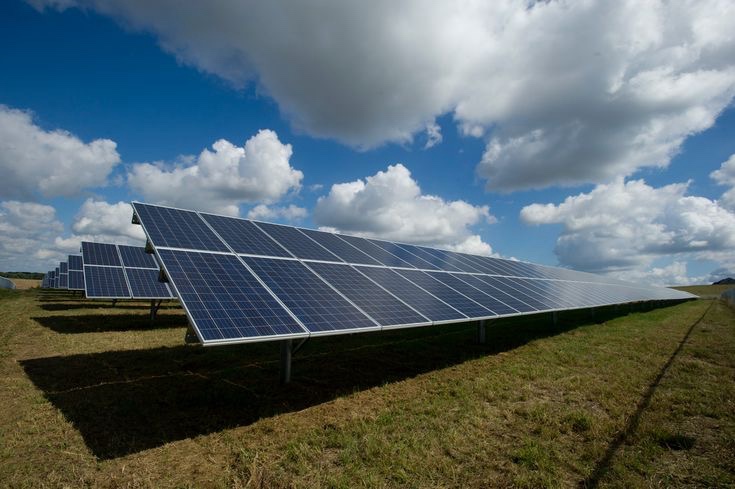
This trend is expected to continue, with further advancements in solar panel efficiency, manufacturing processes, and energy storage technologies. As solar becomes increasingly cost-competitive with traditional energy sources, the adoption of the technology is likely to accelerate across the country.
Policy Initiatives and Regulatory Frameworks
In addition to technological developments, the future of solar energy in the US will also be shaped by the policy and regulatory landscape. The federal government, as well as state and local authorities, have implemented a range of incentives and policies to support the growth of the solar industry.
For example, the Investment Tax Credit (ITC), a federal tax credit for residential and commercial solar installations, has been a significant driver of solar adoption in the US. The ITC is currently set at 26% for projects that begin construction in 2023 and 2024, and is scheduled to decrease to 22% in 2025.
Moreover, many states have adopted renewable energy targets and mandates, which have led to the development of solar-specific policies, such as net metering, community solar programs, and solar renewable energy credits (SRECs). These policies have been instrumental in creating a favorable environment for solar energy investment and deployment.
The Role of Energy Storage
As the solar industry continues to grow, the integration of energy storage technologies will play a crucial role in the future of solar power. Energy storage systems, such as batteries, can help address the intermittent nature of solar energy by storing excess electricity generated during peak sunlight hours and releasing it when demand is higher.
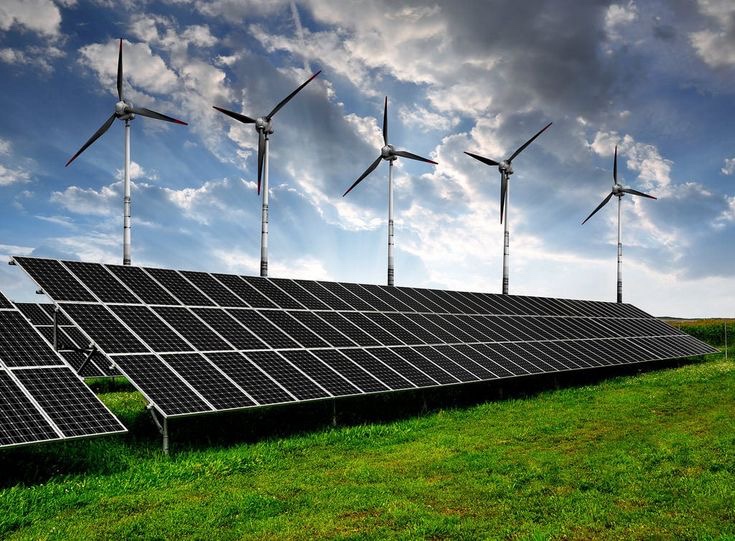
According to the U.S. Energy Storage Monitor, the United States installed a record 4.8 GW of new energy storage capacity in 2022, a 200% increase from the previous year. This growth is expected to continue, with the Energy Information Administration (EIA) projecting that utility-scale battery storage capacity in the US will reach 85 GW by 2050.
As the cost of energy storage technologies continues to decline and their performance improves, the integration of solar and storage systems is likely to become increasingly prevalent, further enhancing the reliability and dispatchability of solar power.
Conclusion
The future of solar energy in the United States looks incredibly promising. With a combination of falling costs, supportive policies, and technological advancements, the solar industry is poised to play an increasingly important role in the country’s energy landscape. As the nation continues its transition to a more sustainable and resilient energy system, the bright future of solar power in the US is a testament to the power of clean, renewable energy to transform our energy future.
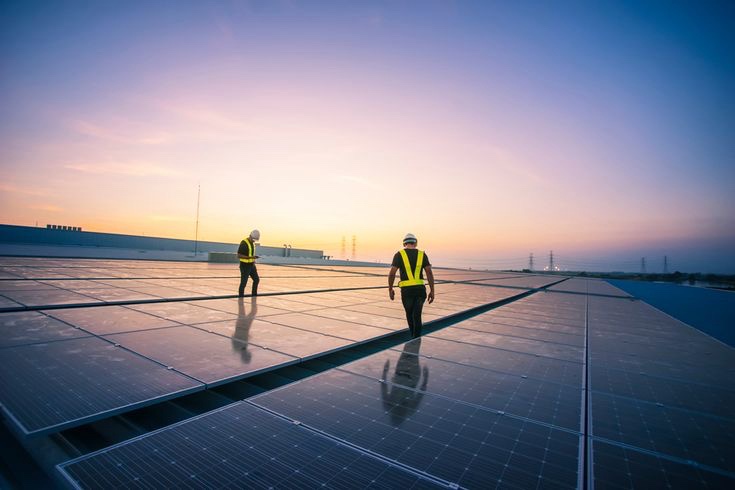



[…] international growth. Its subsidiary, Unimacts, based in Sloan, Nevada, with facilities across the US and Mexico, is strategically positioned to support the North American market, highlighting […]